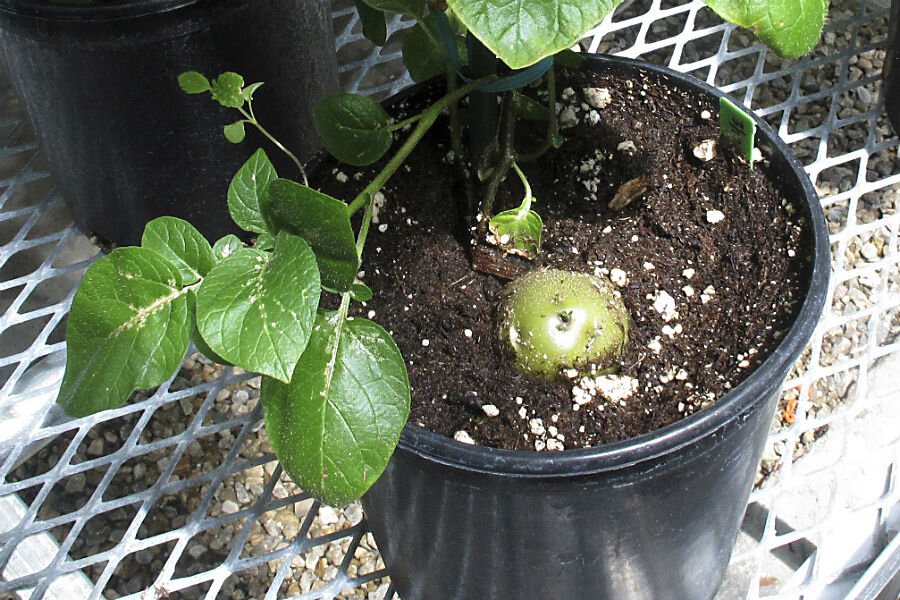Should a genetically 'edited' mushroom need USDA approval?
Loading...
A new genetically edited mushroom will not be subject to United States Department of Agriculture (USDA) regulation, the agency disclosed last week.
Yinong Yang, the Pennsylvania State University associate professor and researcher behind a modification to the genome of the Agaricus bisporus white button mushroom, was told by the USDA that the agency does not consider the genetically altered fungus to require regulation. The mushroom, which resists browning, was created by removing some DNA, rather than by adding new genetic material.
The federal decision comes at a time of split opinions regarding the creation, labeling, and consumption of genetically modified organisms (GMOs). Eighty-eight percent of American Association for the Advancement of Science members, and the Food and Drug Administration (FDA), say that genetically changed foods are "as safe as comparable," non-GMO products. Despite that backing, however, a Pew Research Center report found that 57 percent of US adults believe GMO foods are unsafe.
Amid ongoing debate in Congress about label requirements for genetically altered foods, the Obama administration has issued a memorandum calling on the USDA, FDA, and Environmental Protection Agency (EPA) to review their GMO regulatory systems to keep pace with advances in biotechnology.
In order to modify the genome of the white button mushroom, Dr. Yang utilized the CRISPR-Cas9 gene editing system in an effort to cancel out the organism's browning process. The CRISPR tool allows for faster, simpler, and more cost-effective genetic editing than previous techniques that have been in use for years. The CRISPR-Cas9 process uses RNA-guided Cas9 enzymes to cut and edit DNA molecules for a cost of around $30 per procedure.
Yang's CRISPR work resulted in the deletion of a portion of mushroom DNA, disabling a gene related to its production of polyphenol oxidase – the enzyme responsible for browning the fungus. And in contrast to previous instances of genetic modification that helped food resist the browning process, as with Okanagan Specialty Fruits' Arctic apples or Simplot Innate potatoes, Yang's process was cleared by the USDA without any need for regulation, since the process does not introduce any new genetic material: rather than adding it "deletes." In the Arctic and Innate products the browning was halted by the introduction of outside DNA.
The mushroom is the first CRISPR-developed product to be approved by the government. Despite the USDA's decision that it does not require regulation, further review by the FDA or EPA is still possible.
Some opposed to the modified mushroom's avoidance of federal regulation say that the results of CRISPR editing procedures are still uncertain, and that the absence of oversight could lead to a lack of transparency in GMO food development.
"The company can just keep its data to itself," Center for Food Safety scientist Douglas Gurian-Sherman told NPR. "Because of the newness of the technology, we think that it should be regulated as a technology."
Yang and other scientists, however, see the regulation-free outcome as beneficial for work with GMOs, and as a win for the CRISPR-Cas9 process.
"The research community will be very happy with the news," Caixia Gao, a Chinese Academy of Sciences plant biologist, told Nature. "I am confident we'll see more gene-edited crops falling outside of regulatory authority."
Yang is considering commercializing his mushrooms, as Okanagan and Simplot did with their products, since browning-resistant produce is valued for its longer lifespan. Penn State filed an application for a provisional patent on Yang's CRISPR-Cas9 technology in September 2015.






